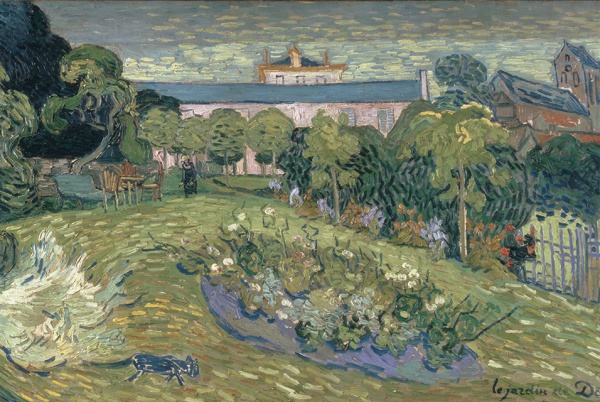Facts About Daubigny's Garden
Vincent van Gogh's "Daubigny's Garden" is a series of three exquisite paintings that beautifully capture the enclosed garden of Charles-François Daubigny, an artist whom Van Gogh deeply admired. Created between May and July of 1890 in Auvers, these paintings hold a special poignancy, as they were completed during the final months of Van Gogh's life. Today, these masterpieces reside in three different museums: Kunstmuseum Basel in Switzerland, the Hiroshima Museum of Art in Japan, and the Van Gogh Museum in Amsterdam.
Daubigny was a highly regarded French landscape artist associated with the Barbizon school, celebrated for his tranquil river and coastal scenes. Van Gogh's depictions of Daubigny's garden serve as heartfelt tributes to this inspiring figure. The picturesque region of Auvers-sur-Oise, where Van Gogh produced these works, was a haven for artists due to its natural beauty. Van Gogh moved there in 1890 seeking solace and the care of Dr. Paul Gachet, who was both a friend and a fellow artist.
Each version of "Daubigny's Garden" offers a distinct perspective on the enclosed space, portraying it as a welcoming outdoor retreat. Van Gogh's canvases teem with detail, showcasing elements like a rose bed, various trees, a house, and even a church steeple in the background. These double-square canvases highlight not only the garden's cultivated beauty but also Van Gogh's meticulous attention to detail and his artistic flair, thus contributing to Daubigny's enduring reputation.
However, the history of these paintings is not without intrigue. Before World War I, one of the double-square canvases became embroiled in controversy over its authenticity. Otto Wacker, a German art dealer infamous for selling forged Van Gogh paintings, including a purported self-portrait, cast doubt on the genuineness of several of Van Gogh's works. After rigorous scrutiny, experts affirmed the authenticity of the questioned painting, which was ultimately acquired by the Society of Friends of the National Gallery in 1929.

 Liechtenstein
Liechtenstein